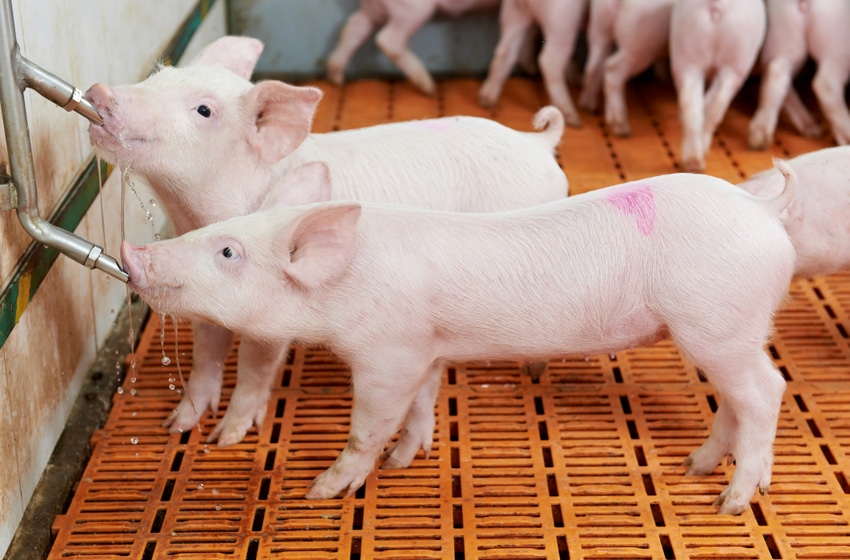Economist says China will be wild card for demand in upcoming year.

The December “Hogs & Pigs” report from the U.S. Department of Agriculture indicated that producers continue to expand. A 3% higher Dec. 1 inventory of all hogs and pigs, a continued rise in pigs per litter and larger farrowing intentions suggest that more hogs will be headed to market in 2020, according to Western Illinois University agricultural economist Jason Franken.
While increasing production would typically indicate lower prices, Franken said there are currently some additional items to consider on the demand side.
Pork production is expected to be 3.5% higher in 2020. Consumption is expected to decline by just 0.1 lb. per American, but exports have to be considered, particularly with all eyes on Asia, Franken noted.
“Although held back by China’s retaliatory duties, U.S. pork exports to China increased throughout 2019. In September and October, China surpassed Japan to become our second-largest foreign customer after Mexico,” he said.
Further, Franken relayed that late last May, Mexico ceased a 20% retaliatory duty on U.S. pork that restrained exports through April. The House of Representatives passed the U.S.-Mexico-Canada Agreement in December, and the Senate is expected to ratify the trade deal this year. Franken said this will help ensure long-term duty-free access to this key market.
USDA is forecasting pork exports in the first three quarters of 2020 to rise by 21%, 7.5% and 8.8%, respectively, versus the year earlier. These forecasts, Franken noted, are premised on the assumption that China and other Asian countries will continue to face significant domestic pork supply deficits and that the preliminary trade agreement with China will eventually be finalized.
“Taking all of this into account, hog prices should be profitable throughout much of 2020, even though they have been below the cost of production in recent weeks, as they often are seasonally this time of year,” he said.
Franken provided a price forecast using the national weighted average net price for all transactions for producer-sold barrows and gilts, including negotiated and contract prices. This net price, he explained, should be more reflective of what producers receive and runs at a premium of more than $2/cwt. over the base price, on average.
Franken forecasted the national net price around $66/cwt. for the first quarter of 2020, $77.00 for the second and third quarters and then $67.00 in the fourth quarter of 2020.
“A range of $2 higher or lower would be reasonable for price projections. Hence, given costs of production in the low to mid-$60s, hog prices should be profitable, on average, throughout 2020,” he said.
Franken noted that his projections are based on a scenario where growth in domestic and export pork demand more than offsets growth in U.S. hog production, as previously described.
“Since domestic production and consumption tend to be relatively easier to get a handle on, export demand from China in particular appears to be the wild card. If the expected growth in U.S. pork exports to China doesn’t materialize, then U.S. hog prices would likely fall short of these projections,” he said.
About the Author(s)
You May Also Like




.png?width=300&auto=webp&quality=80&disable=upscale)
